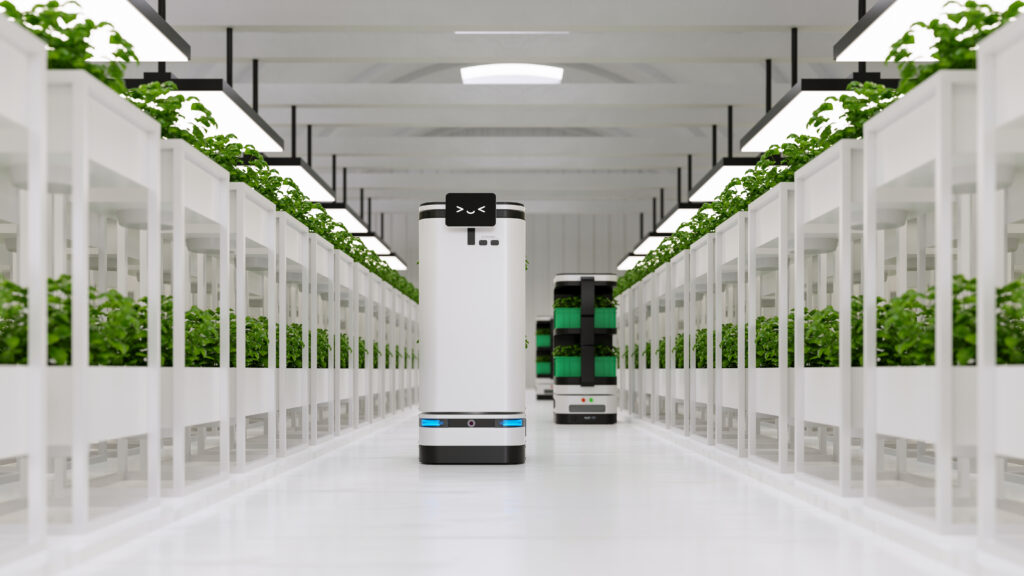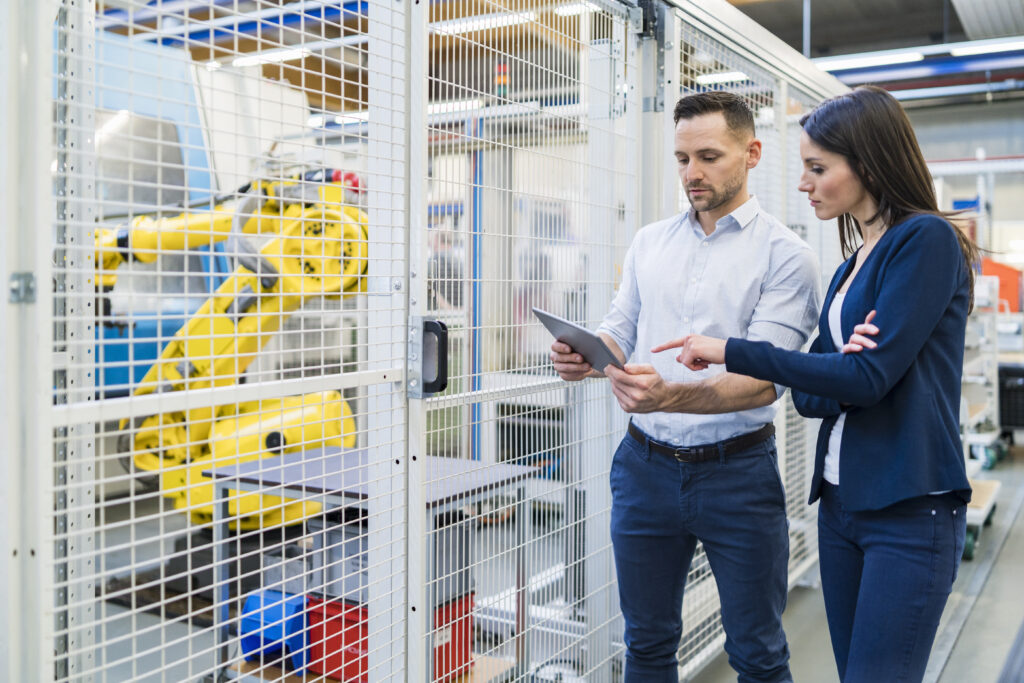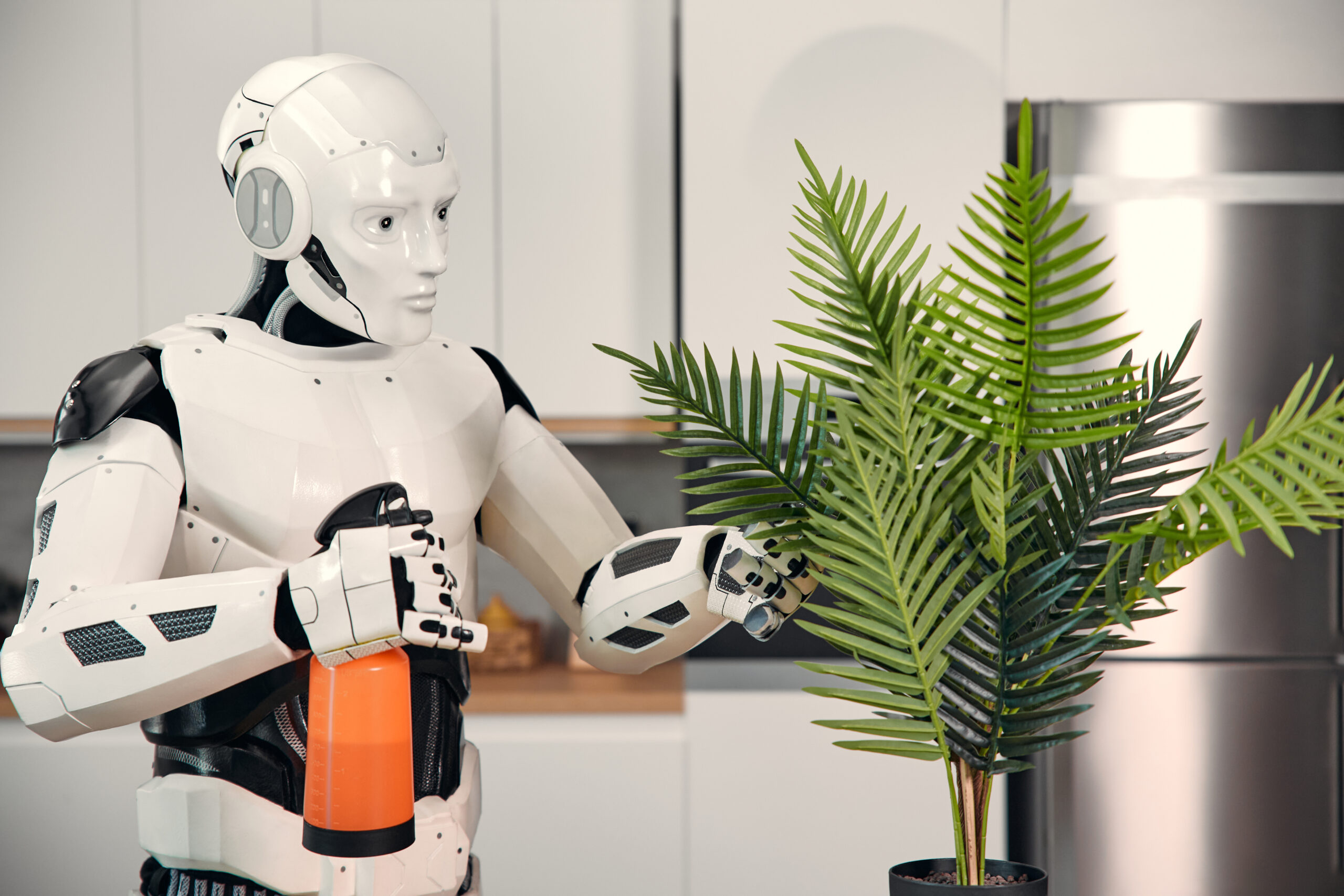Manufacturing accounts for a significant portion of energy consumption. Natural energy resources, fossil especially, leave us harmful emissions, greenhouse gases and waste that create pollution to the environment. Moreover, these limited resources are already under strain leading to shortages, increased prices, and unstable supply.
While automation is becoming the norm for modern manufacturing, MEGATech surveys the key innovations of automation that contribute to green solutions and takes a close look at the challenges and trends of this sustainable automation.
Going Green with Sustainable Automation
Automation in manufacturing, while offers many benefits, it can play a crucial role in achieving green manufacturing. Sustainable automation involves implementing automated systems and processes in a way that minimizes the environment while maximizing efficiency. This includes optimizing energy consumption, reducing resource waste, and promoting ethical practices. With industrial automation, it is possible to improve data collection which enables businesses to be more transparent on compliance with environmental regulations.
In recent years, significant advances in technology and the fast-growing markets have generated numerous innovations in automation. Here’s how automation contributes to sustainable and energy-efficient solutions:
Data-Driven Insights
Data-driven insights are crucial for improving energy efficiency by providing detailed information on energy consumption and opportunities for optimization. This allows for more accurate energy demand prediction, better integration of renewable energy sources, and overall improved energy management. The IoT enables the collection of real-time data from various devices and systems through sensors, meters, and measuring equipment. Automated Metering Infrastructure (AMI provides dynamic, measured data to evaluate the effectiveness of energy conservation strategies.
Data-driven online HVAC management frameworks can predict room temperature changes and optimize system operation, reducing energy consumption and peak demand.

Automated Lighting Systems
Automated lighting systems enhance energy efficiency by optimizing lighting usage based on factors like occupancy, daylight availability, and scheduled times. These systems utilize sensors, automation, and smart technology to adjust lighting levels to help reduce unnecessary energy consumption and save costs.
The factory installs occupancy sensors to detect the presence of people and automatically turn lights on when needed and off when the space is unoccupied. Light sensors help adjust artificial light levels based on the amount of natural light available, minimizing the need for full-intensity artificial lighting on sunny days. Automated lighting systems often utilize LED or OLED bulbs, which consume significantly less energy than traditional incandescent or fluorescent bulbs. Dimmable LEDs allow for precise control of light intensity, further optimizing energy use.
Automated lighting systems can be integrated with Building Management Systems (BMS) to monitor energy consumption, identify areas for improvement, and make data-driven decisions about lighting control.
Automating Predictive Maintenance
Predictive maintenance technologies integrated with automation can identify potential problems before they occur, preventing energy-intensive repairs and downtime. Automating predictive maintenance offers many benefits. For instance, a reduction in total manufacturing cost (TMC). In manufacturing, maintenance costs, repairs, and costly replacements add up to a considerable proportion of the TMC of developing a product. It also helps increase the service life of machine components.
The first step to automating predictive maintenance involves the capture of relevant data from the equipment. In greenfield facilities, the general manufacturing equipment used is equipped with sensors and actuators that monitor performance and the health of components.
A smart human-machine interface device can be used to track the temperature, vibration, and other aspects of a piece of equipment on the shop floor. With these historical data in place, as well as downtime or failure-rate data, the process of automating predictive maintenance activities across a shop floor can be accomplished.

Energy-Efficient Robots
Energy-efficient robots are designed to minimize power consumption while maintaining or improving performance. This is achieved through various methods, including optimizing robot design, using energy-efficient components, implementing advanced programming techniques, and leveraging technologies like Kinetic Energy Recovery Systems (KERS). These advancements lead to reduced operational costs, lower carbon footprints, and improved sustainability in robotic applications.
Reducing the overall weight of the robot can significantly decrease energy consumption, especially for mobile robots and those involved in lifting or manipulating heavy objects. KERS can capture energy during deceleration and release it during acceleration, effectively reducing the reliance on external power sources, especially in applications with frequent start-stop cycles.
Challenges and Opportunities
Adopting sustainable automation solutions in the manufacturing industry presents several challenges. These include high initial costs, integration with existing systems, and a lack of skilled workforce.
To address these challenges, manufacturers can put in place several strategies. First, they should prioritize gradual integration, starting with small-scale pilot projects. These can help demonstrate the benefits of sustainable automation. This approach allows for incremental investment and reduces the risks associated with large-scale changes. Seeking financial incentives and support from government programs can help avoid costs. Many governments offer subsidies or no-interest loans to encourage the adoption of Industry 4.0.
Trends in Sustainable Automation
With the power of AI, digital transformation, and machine learning, sustainable automation will be riding the fast-changing industry wave to adopt Industry 5.0. Rather than a revolution, Industry 5.0 builds upon existing technologies like IoT and Big Data while emphasizing human-machine collaboration and sustainability, with a higher degree of flexibility and customization.
Conclusion
Sustainable automation plays a crucial role in achieving sustainable manufacturing development. It helps to enhance energy efficiency, reduce waste and optimize the production process. This ensures machines operate efficiently, cuts down on unnecessary energy use and lowers the overall carbon footprint. With that said, embracing sustainable automation is a strategic move towards achieving sustainability goals.
Article by: Asst. Prof. Suwan Juntiwasarakij, Ph.D., Senior Editor & MEGA Tech

